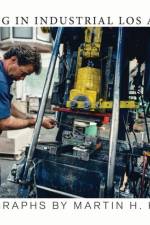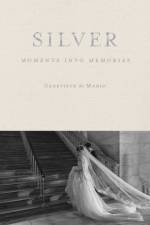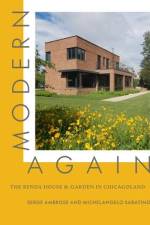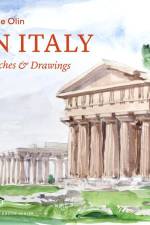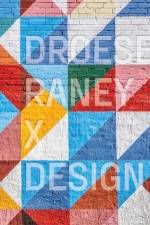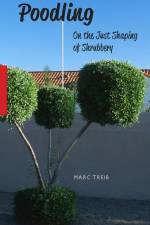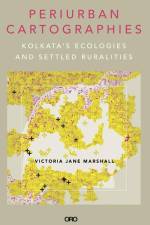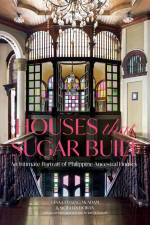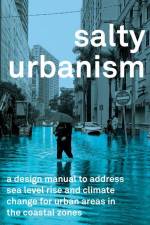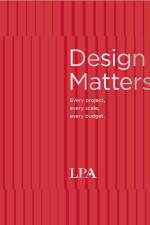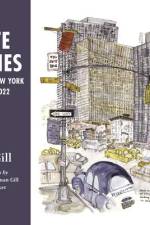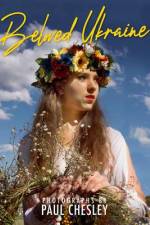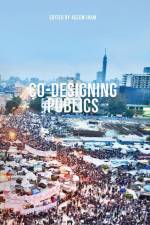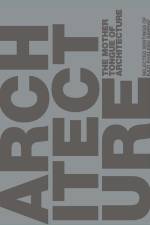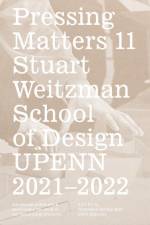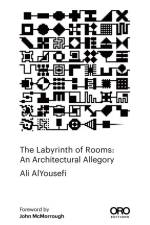av Laurie Olin
415,-
Artists and designers have recorded places, people, and life in drawings and sketchbooks for centuries. Over the past fifty years, Laurie Olin, one of America's most distinguished landscape architects, has recorded aspects of life and the environment in Italy: its cities and countryside, streets and cafes, ancient ruins, art, architecture, people, villas, and gardens--civic and domestic, humble to grand, things of interest to his designer's eye-- taking the time to see carefully. Rome in its seasons, agriculture in Umbria and Tuscany, trees, food, and fountains, all are noted over the years in watercolor or pen and ink. Originally made in the personal pleasure of merely being there as well as self-education, this selection from many sketchbooks and drawings is accompanied with introductory notes and remarks for different regions including Rome, Turin, Venice, Tuscany, Umbria, Lazio, Campania, and Sicily.


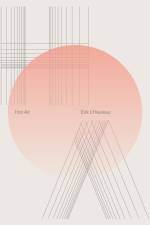
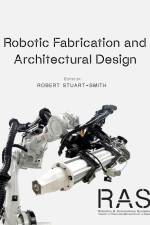
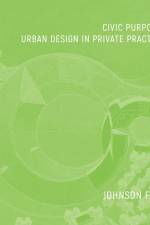
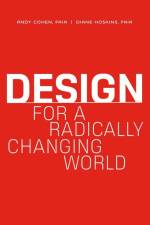
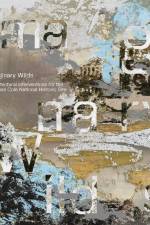
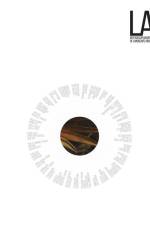
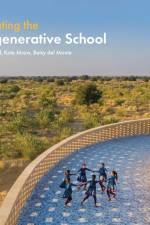
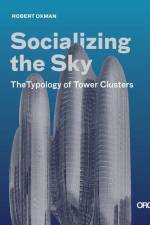
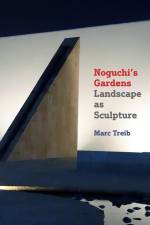
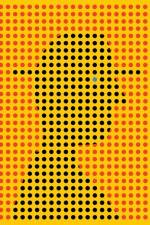
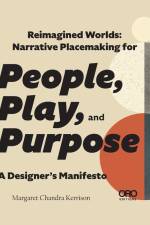
![Bracket [On Sharing] af Neeraj Bhatia](https://cdnbackdoor.tales.as/thumbnail/150x225/products/00195/31058/bracket-on-sharing.jpg)
